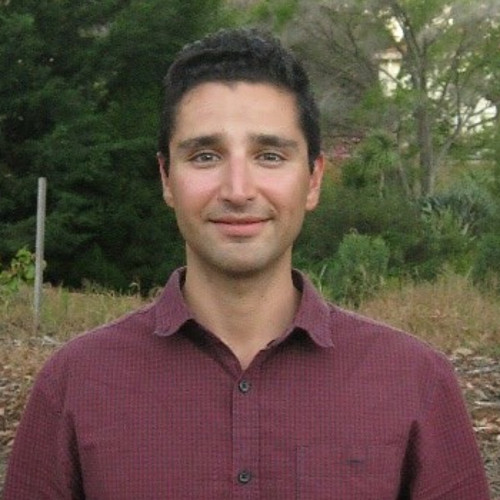Assessing the use of metabarcoding to monitor mine site restoration
Mining is a multibillion dollar industry in Western Australia and mine site restoration has increasingly become a concern for mining companies and the public. Monitoring is a crucial aspect of determining restoration success and indicating when further remediation may be necessary. Metabarcoding is a tool that may allow biological auditing from DNA in the environment, and can provide cost-effective monitoring that can detect flora, fauna and microbial communities. PhD student Mieke van der Heyde is undertaking research to determine how to optimize and apply metabarcoding monitoring for mine site restoration.
Background
Mining is a multibillion dollar industry in Western Australia and mine site restoration has increasingly become a concern for mining companies and the public. Monitoring is a crucial aspect of determining restoration success and indicating when further remediation may be necessary. Metabarcoding is a tool that may allow biological auditing from DNA in the environment, and provide cost-effective monitoring that can detect flora, fauna and microbial communities. This PhD project will optimize and apply metabarcoding monitoring for mine site restoration.
Metabarcoding involves the use of next generation sequencing to sequence barcode regions of the genome to determine the community composition of a sample. These samples can be soil, feces, air, arthropods, etc from which DNA may be extracted. The first stage of this PhD involves testing multiple substrates (soil, feces, plant material, air, pitfall traps, pollinator traps) to determine which sample material is suitable for restoration monitoring. This project will also determine the number of samples necessary and test various barcoding regions. Further components of this project will be based on the results of this stage and will apply metabarcoding to monitoring the recovery of flora, fauna, and microbial communities.
Aims
This project will evaluate the use of next generation sequencing to assess and improve restoration outcomes. The project has the following objectives:
1) Develop and optimize eDNA metabarcoding for biological auditing;
2) Apply eDNA metabarcoding to monitor mine site restoration; and
3) Evaluate the use of eDNA metabarcoding for restoration monitoring.
Significance
Developing cost-effective and comprehensive monitoring tools is vital to the success of mining restoration. Preliminary use of monitoring using eDNA has shown promise and stands to improve with the increasing level of development. Once optimized for mining restoration, eDNA metabarcoding could allow researchers and industry specialists to identify indicators of successful restoration and evaluate restoration with greater frequency and spatial resolution. In addition, biological recovery may be tracked over multiple mining sites to determine if there is a predictable trajectory. This opens up the possibility of effective adaptive management, informing researchers and industry specialists when intervention may be necessary to achieve restoration goals.




